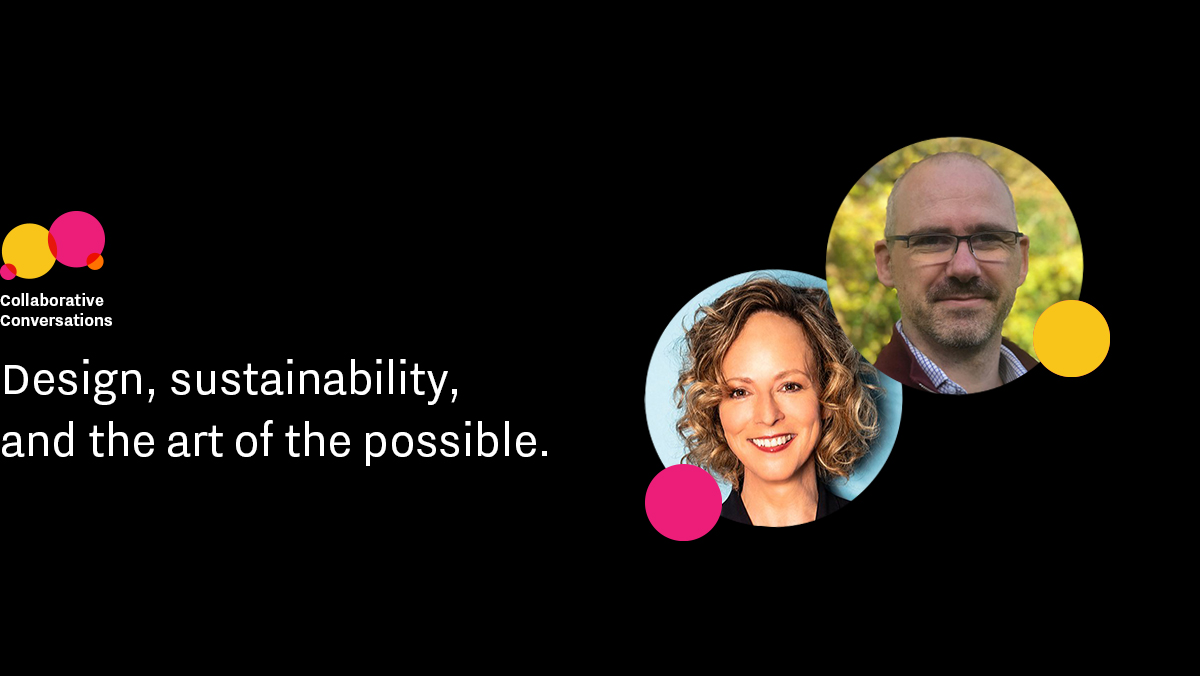Part one of a special two-part conversation
The latest Intergovernmental Panel on Climate Change (IPCC) report says the number of years we have left to change the course of the climate crisis is down to single digits. How can we change behaviours in consumption and working patterns at a global level? What can we do as businesses? And what are the responsibilities of designers and consultants?
For this special two-part Collaborative Conversation, we asked experts in service design and sustainability to share their views. Part one appears below, part two will be out soon… Watch this space!

Gilmar: Welcome! With me today are award-winning entrepreneur, experience designer and change agent Anja Klüver, who ran Prospect, a Service Experience Consultancy and led and designed digital experiences for clients from Nokia to Toyota and all the way to 10 Downing Street; and Dan Gray, a professional author and consultant who has worked on multiple continents for global consultancy EY, among others, written extensively on the future of sustainability, and is a visiting fellow at Ashridge Business School. Maybe you can both give me a quick overview of how you arrived at this point today, and what’s top of mind in what you’re doing
Dan: Ground zero for me was watching Joel Bakan’s documentary The Corporation in 2003, which asks, if corporations have been granted the same legal rights as individuals, what kind of individuals are they? The conclusion is they’re psychopaths. It’s an extraordinary film, and introduced me, among other things, to a gentleman called Ray Anderson, founder and chairman of modular carpet manufacturer Interface Inc, who’d set out to eliminate any negative impact his business had on the environment. He was my first great sustainability hero, who I had the good fortune to meet a couple of years later. That led me to write a book on building sustainable brands, because I realised that’s where I wanted to focus the rest of my career.
That led to my first ever sustainability consulting gig in Riyadh, Saudi Arabia, and a few further steps from there to roles at EY, most recently as Global Knowledge Leader for corporate responsibility. I spent a lot of my time learning about and exploring regenerative systems and cultures, learning from the amazing exploits of some of the world’s leading impact enterprises, who I think are at the forefront of business model innovation. And also exploring where I think sustainability consulting is going, in light of the fact that ESG as currently practiced doesn’t seem to be getting us anywhere remotely fast enough, as the IPCC synthesis report demonstrates.
Anja: My background is nearly three decades of helping organisations design new products and services, which generally involved generating wealth and helping businesses to scale, creating more customer and employee loyalty. But at no point did anybody ask what consequences that might have for the environment. Having sold my business I wanted to focus on an exciting new journey, a new path, something to keep me personally motivated to continue working as a designer. But really, one has to question why we’ve reached a point where the climate breakdown has begun and business as usual is not an option.
As Barack Obama so eloquently put it, “We are the first generation to feel the impact of climate change and the last generation that can do something about it”. And we, as designers, have a unique power and responsibility as change-makers to have direct impact on anything that gets launched, gets used, and gets consumed. The Design Council has shown that 80% of environmental impact gets decided in the design phase. So, where I’ve got to on this journey is that it’s time for a sense check. That means utilising the capabilities and responsibilities we designers have to focus on helping to solve real-world, critical problems.
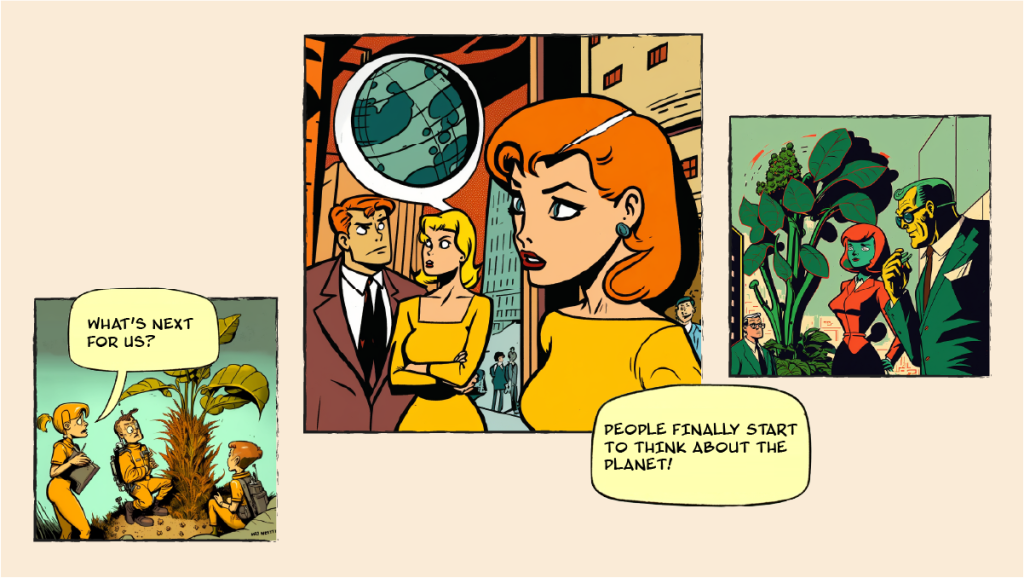
Gilmar: I’m tempted to go into the meaning of the word ‘sustainability’. It happens so often that terms get picked up and become ‘a thing’. Then suddenly they become empty. But the meaning of sustainability is at the heart of the questions we’re debating.
Dan: I agree, sustainability is one of those words – like ‘purpose’ – that’s been used and abused. I would argue that sustainability hasn’t just been diluted as a concept, it has become entirely misunderstood. I’ve come to view sustainability as a systemic condition or state of being. It describes our capacity to equitably meet the needs of current and future generations, within the means of a flourishing planet. That’s where ESG is falling short currently, it’s focused on inbound risk. In other words, it’s about managing the potential impact of social and environmental disruption on the capacity to conduct business as usual. Sustainability, in the way we need to understand it now, is fundamentally about creating system value, which necessarily also includes accounting for and addressing outbound impacts.
Gilmar: Anja, you said business as usual is not an option. Our ways of thinking need to change, which is a systemic issue, and is also pretty hard! Maybe this is where design comes into play because impact is designed in early on. How do you break this down into something that, for example, a 50 employee business making plates for machinery can relate to?
Anja: We need to start at the beginning, by inviting the planet, if you like, as a core stakeholder, into the conversation about the brief and required outcomes. Sustainability is complex, with lots of connected influences and outcomes, and questions about the interrelationship of systems. One of the most difficult things for business leaders to get their heads around is the whole impact their business has – the social and environmental consequences of what it does, the interconnectivity not just between the business and the outside world, but also within the systems and external factors that lead customers to them in the first place.
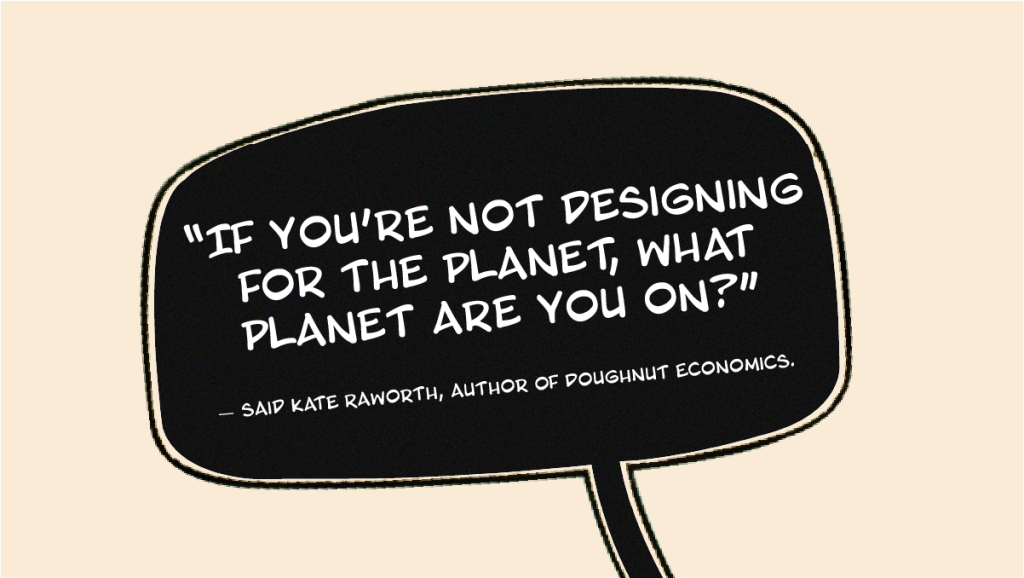
Everything we use or consume has been designed by somebody, intentionally or unintentionally, and every design decision has consequences. To understand these consequences and the opportunities for innovation and change, businesses need to take a macro view of their impact across all products and services and from every stakeholder perspective. We need to map the entire end-to-end experience across all journey stages, related tangible touchpoints and intangible human interactions, plus the wider interconnected systems. Not just in the customer-facing front-stage, but also in backstage operational service delivery, including staff actions, support systems and infrastructure to deliver the service across all channels.
Visualising that allows us to hone in on opportunities to redesign existing products and services, generate positive behavioural change, or reimagine a more purposeful and innovative future. As designers, we can anticipate the future needs of the businesses and their clients and unpack these into different scenarios to test hypotheses through rapid prototyping. Supported by strategic decision cascades to prove desirability, feasibility and viability, we can help business leaders make validated choices between those scenarios. That’s how we can break down barriers in the business mind, to demonstrate the art of the possible.
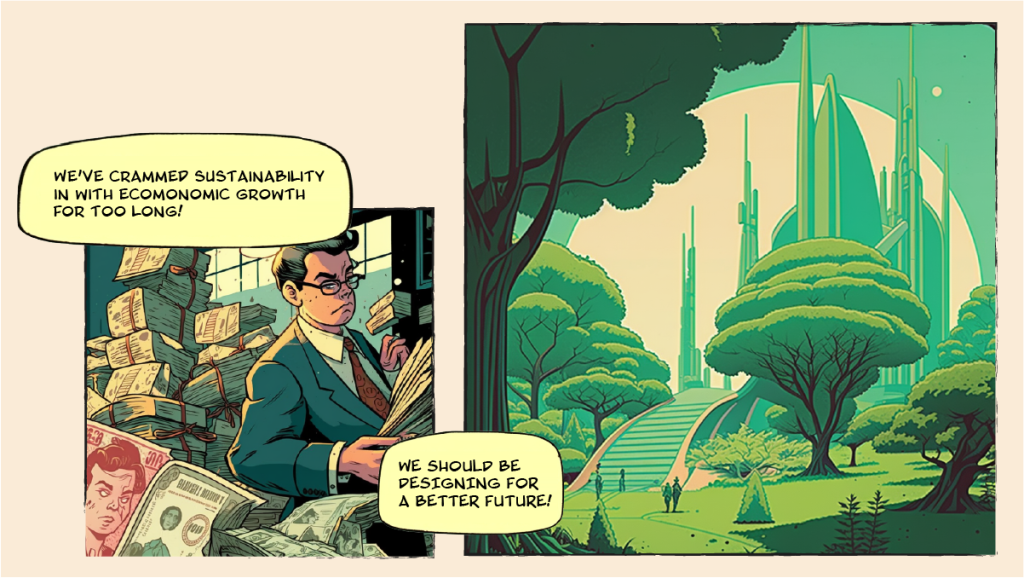
Dan: First of all, sustainability isn’t a ‘thing’, a discrete programme or initiative. First and foremost, it needs to be a fundamental design value – the operating principle for everything. A line from the British Academy’s recent definition of corporate purpose really stuck in my head; “The purpose of the corporation is to profitably solve the problems of people and planet and not profit from causing them”.
One of the big mindset shifts that’s happening now is seeing the world through the metaphor of the organism and not the metaphor of the machine. Organisations, societies, they’re all complex, adaptive systems, and in that environment the first thing you have to do is abandon the illusion of being able to predict or control outcomes. Instead of judging success and failure in terms of what you thought would happen, need to build a culture that’s happy to experiment, hypothesise and test, then observe and react to what actually happens.
Gilmar: Sustainability or not, on the most basic level what companies ought to do is properly design the customer journey. Yet we see a lot of companies who don’t have that mindset, because, to use the machine metaphor, there are different cogs spinning in different areas, creating huge inefficiency. In many discussions we still get the message, “we’ve got our business and now we need to be sustainable”. And what you’re both outlining is that by making your business more sustainable, you’ll most likely make it better and more profitable. Is that correct?
Anja: A massive culture and mindset shift is needed to integrate sustainability into everything we’re doing, not just have it as an add-on. It’s often not considered as part of the profit motive, but there’s no way we can continue the way we’re going. At the same time, it’s difficult to say this to businesses when they’re trying to survive and compete. I think designers are uniquely positioned to use our responsibility to design viable, desirable and feasible products and services that enable businesses to stay alive and succeed, sustainably.
Dan: Perhaps we need to think of design as a fundamentally future-oriented and optimistic profession. Again, this is where design and designers are so important. A lot of where we’ve gone wrong with sustainability is in spending too much time framing issues in terms of avoiding catastrophe, rather than actively designing for a positive future. We rail against the culture of endless economic growth, which we know is thermodynamically impossible – as Kenneth Boulding said, “anyone who believes that exponential growth can go on forever in a finite world is either a madman or an economist” – but we have to show a positive alternative.
Gilmar: I talk a lot to senior management, not always in the C-suite, and there’s an appetite for these ideas because they are closer to the real-life problems in customer experience and see the operational silos with inefficiencies galore. There’s a desire for being more collaborative. But they have to shift into ‘boardroom language’ to make the business case, and that’s where a lot of initiatives falter. Was that your experience at EY Dan, or are executives more enlightened than we give them credit for?
Dan: Part of the problem is we’ve always tried to fit the business case for sustainability into the box labeled ‘economic growth’. It doesn’t work in that context. As long as the growth imperative has primacy over sustainability, that inherently leads to incremental approaches because of the sanctity of shareholder returns and all the rest of it. The most crucial shift is putting sustainability and well-being first. When you do that, and look at business functions through the lens of a more equitable and liveable future, the focus of the conversation fundamentally changes.
Gilmar: Thank you both, for now. Read part two here »
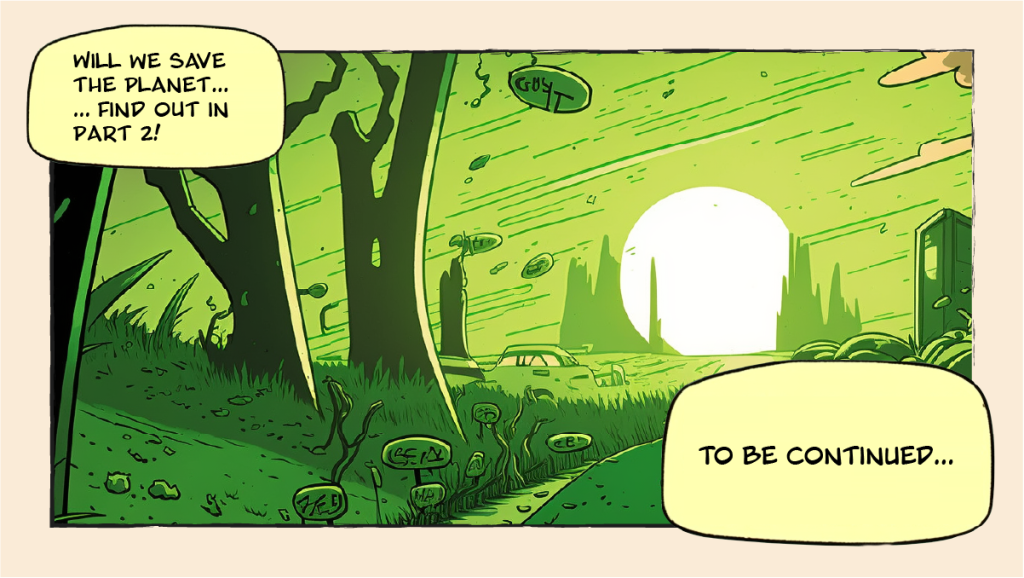
What’s next?
Want to know more about GW+Co? Have a chat with Olivia
Have a strategic problem? Walk with Gilmar

